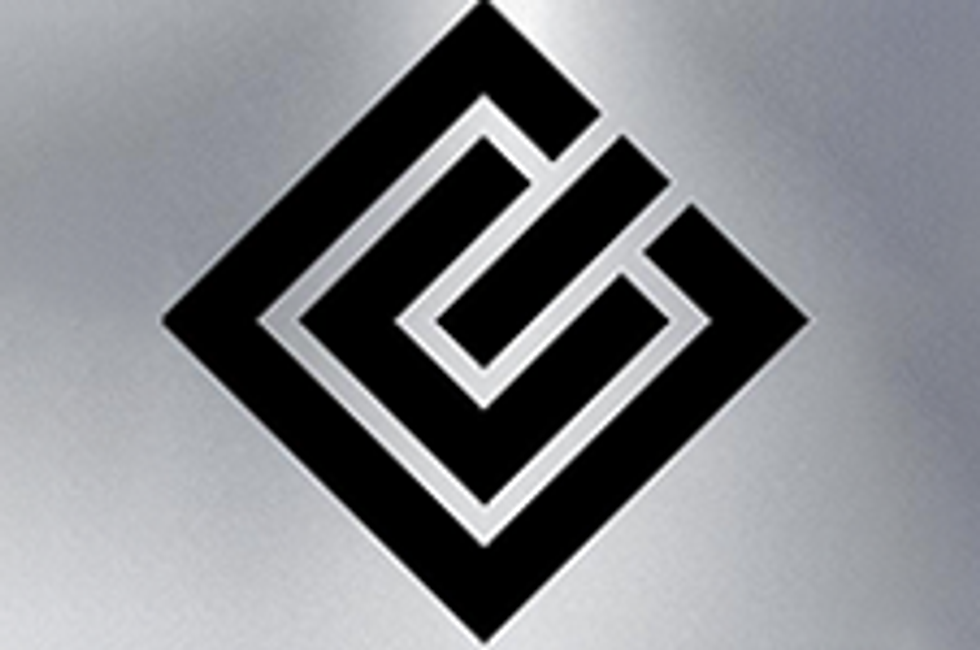pSivida announced positive data from a 12-month follow-up on the company’s three-year treatment for posterior segment uveitis.
pSivida (NASDAQ:PSDV, ASX:PVA) announced positive data from a 12-month follow-up on the company’s three-year treatment for posterior segment uveitis with Durasert.
As quoted in the press release:
The data is from the Company’s first Phase 3 trial.
Durasert three-year uveitis implant demonstrated a significant reduction in the recurrence of posterior segment uveitis through 12 months.
27.6% of Durasert treated patients had a recurrence compared to 85.7% of patients in the sham group (p<0.001).
The Best Corrected Visual Acuity (BCVA) gain of 15 letters or more at six and 12 months was 23% and 22.4%, respectively, for Durasert and 7.3% and 10.3%, respectively, for sham, demonstrating sustained effect over 12 months.
Intraocular pressure (IOP) elevation, which can lead to glaucoma, at 12 months was 1.3mm mean for Durasert vs 0.2mm mean for sham. Patients requiring IOP-lowering therapy at 12 months were 26.4% for Durasert and 26.2% for sham.
In phakic patients at baseline, 33.3% in the Durasert group required a cataract surgery through 12 months compared to 4.8% in the sham group; Phakic refers to patients with a natural lens vs those who have had cataract lens replacement surgery.
Click here to read the full press release.
Source: globenewswire.com



